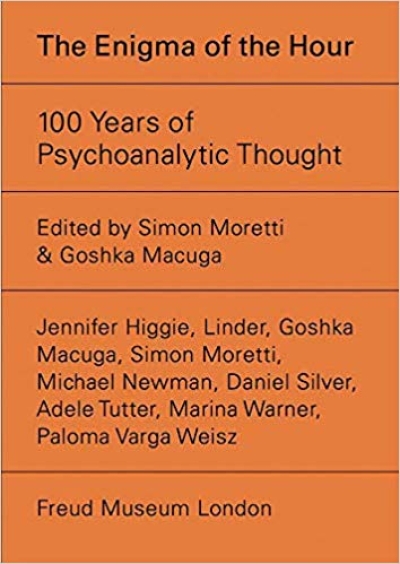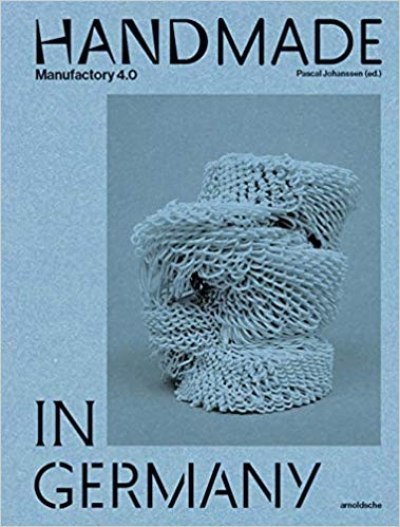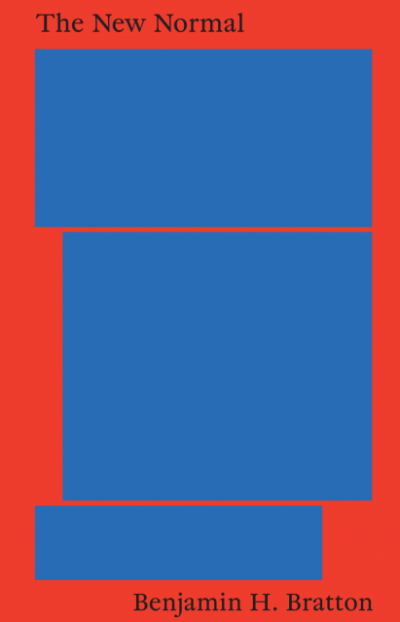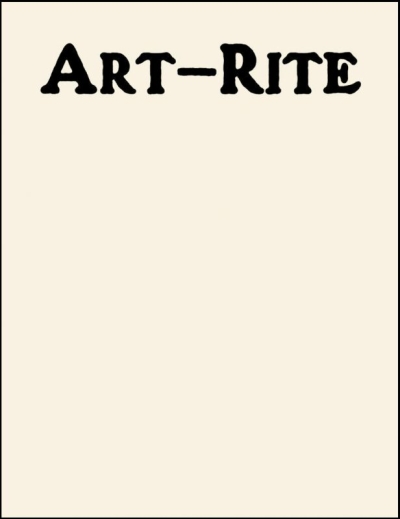
Candide. Journal for Architectural Knowledge Heft 2
»Candide. Journal for Architectural Knowledge« ist ein internationales, wissenschaftliches Forum für Architekten, Planer, Ingenieure, Sozialwissenschaftler, Ethnologen und Geographen. »Candide« veröffentlicht zweimal jährlich Forschungsergebnisse aus dem umfangreichen Feld der Architektur und des Bauens in englischer und deutscher Sprache.
Damit antwortet »Candide« auf die wachsende Nachfrage nach einem Medium, das in der Lage ist, die spezifische Wissenskultur der Architektur zu pflegen und zu befördern. Jede Ausgabe von »Candide« gliedert sich in die fünf Rubriken Essay, Projekt, Analyse, Begegnung und Fiktion. Diese sollen dazu anregen, sich der Architektur auf beobachtende, analytische, kritische oder narrative Weise zu nähern.
»Candide. Journal for Architectural Knowledge« is an international, scholarly forum for all architects, planners, engineers, anthropologists, and geographers founded in 2009. »Candide« publishes research on architecture twice a year in German and English, responding to the growing demand for a medium that can foster and engage the culture of knowledge specific to architecture.
Each issue of »Candide« contains five sections – Essay, Analysis, Project, Encounters and Fiction –, challenging authors to approach architecture in multiple ways, observing, critiquing, speculating, narrating. Articles are selected through a double blind peer review.
In Candide Nr. 2 finden Sie folgende Beiträge:
Essay /
Jonathan Phillips, Vergesellschaftung und der »MacGuffin« – Interindividuelle Erklärungen von Innovation in der Architektur
Phillips entzaubert ein für allemal die Vorstellung eines »genialen« Architekten und zieht hierfür Georg Simmel heran.
Projekt /
Angelika Schnell, Aldo Rossis Sozialistische Perspektive – Hans Schmidt auf der XV. Triennale di Milano
Schnell beleuchtet die zentrale Bedeutung der Architektur der DDR für den italienischen Architekten und revidiert damit die formalistische Rezeption seines Werks.
Analyse /
Anke Naujokat, Ut rhetorica architectura – Leon Battista Albertis architektonische Collagetechnik
Naujokat analysiert Albertis Heiliggrabtempietto in Florenz im Hinblick auf seine humanistische Rhetorikausbildung.
Begegnung /
Roberto Zancan und Matteo d'Ambros, St. Georg und der Drache – Ein Gespräch mit Bernardo Secchi
Secchis Text »Il racconto urbanistico« (1984) stellte einen Paradigmenwechsel im italienischen Städtebau dar, im Ausland wurde er jedoch kaum wahrgenommen. Eine Auseinandersetzung.
Fiktion /
Joanna Zawieja, Häuser
Zawieja erzählt in Bild und Text, wie es um die Begehren einer Auftraggeberin und ihrer Architektin steht.
Axel Sowa (Univ. Prof. Dipl.-Ing.) leitet seit Oktober 2007 das Lehr- und Forschungsgebiet Architekturtheorie an der RWTH Aachen. Vor seiner Berufung war er knapp sieben Jahre Chefredakteur von »L'Architecture d'Aujourd'hui«. Seine Forschungsschwerpunkte sind die Theorie der Imitation und die frühe Entwicklung von industriell gefertigten Baukomponenten.
Susanne Schindler (Dipl.-Ing.) ist wissenschaftliche Mitarbeiterin am Lehr- und Forschungsgebiet Architekturtheorie an der RWTH Aachen. Zuvor war sie Redakteurin der Zeitschrift »ARCH+« und praktizierende Architektin in Boston, USA. Ihr Forschungsschwerpunkt liegt in der Untersuchung zeitgenössischer urbaner Siedlungsstrukturen.
WWW: www.candidejournal.net
WWW: http://theorie.arch.rwth-aachen.de

































































































